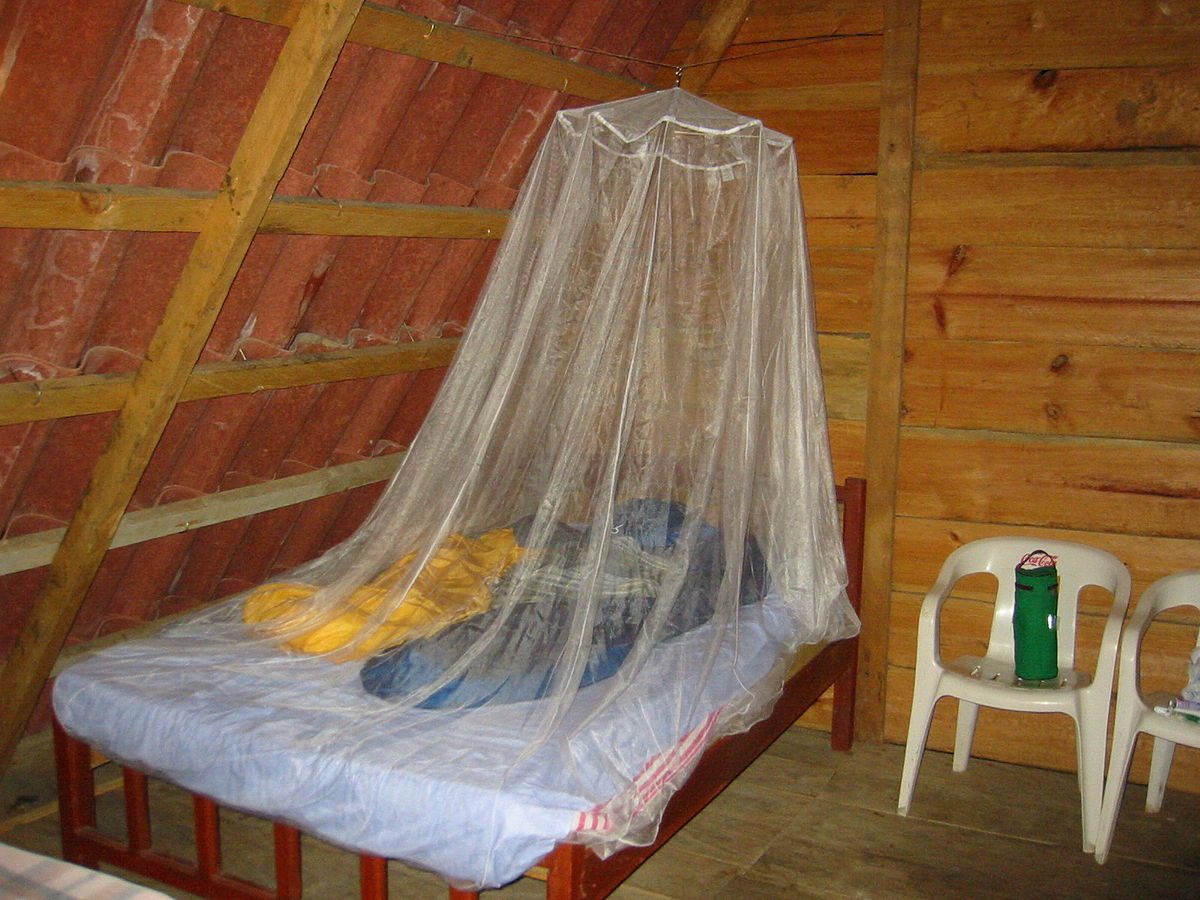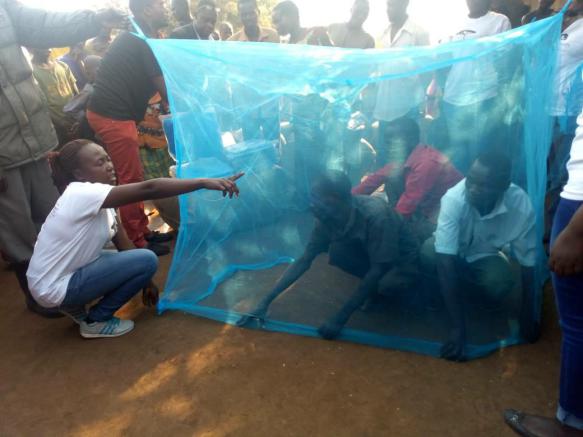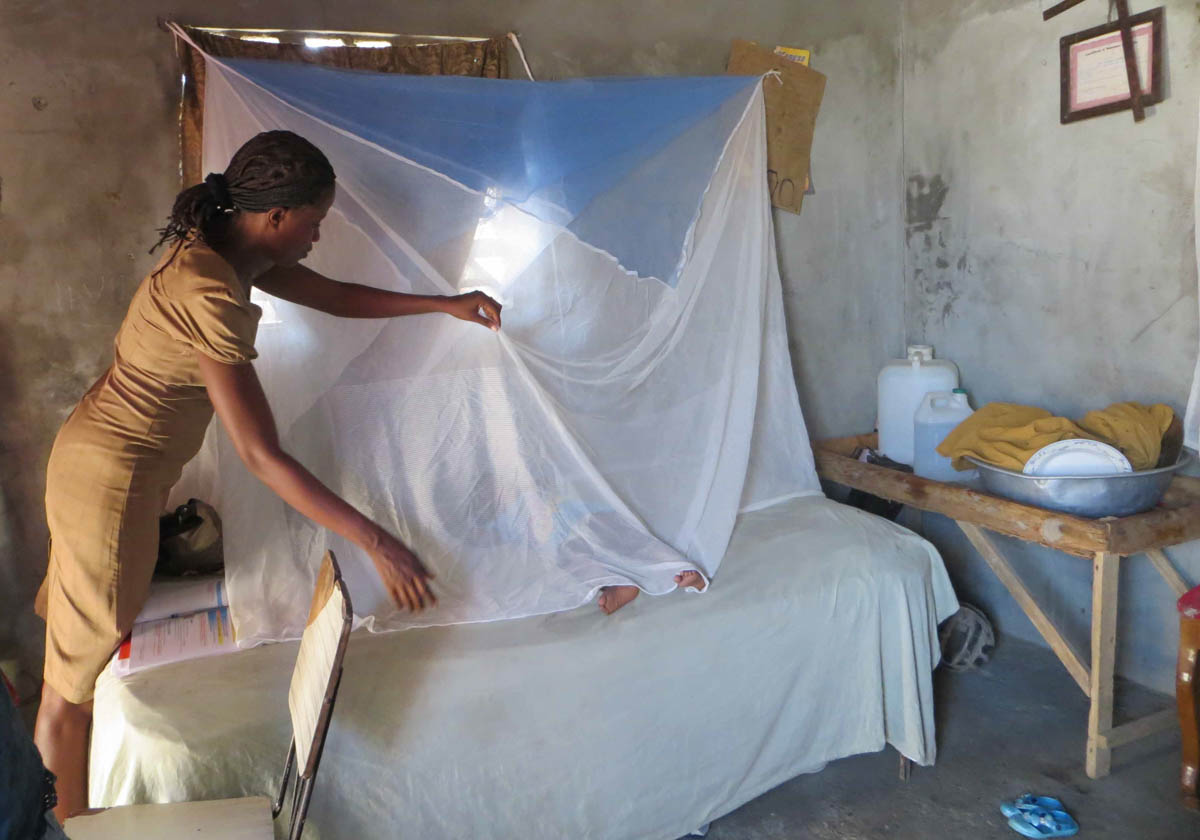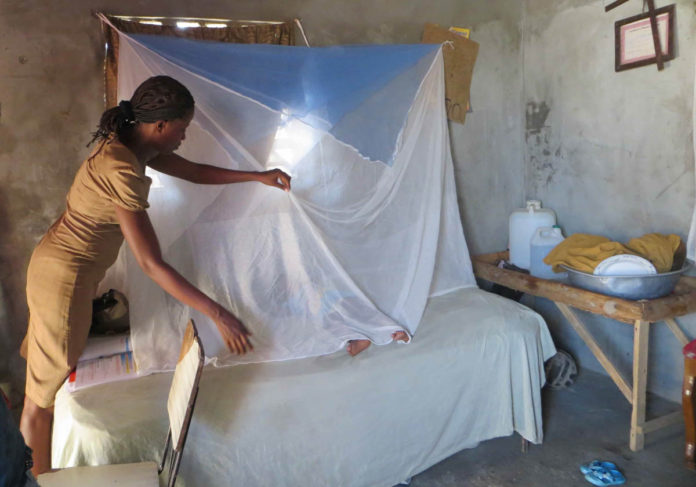By Henry Owino
As efforts to roll out the malaria vaccine come close, prevention measures in high malaria burden regions continue.
Malaria has been cited as one of the major killer diseases in Siaya County for many years. However, efforts being put in place to fight the scourge are now bearing fruits in the county.
Siaya County which is among the top listed with high malaria prevalence in Kenya, are bridging the incidences.
According to Peter Omoth, the Siaya County Co-ordinator for Malaria Prevention described malaria as a major killer than any other diseases in the area despite prevention efforts. The Coordinator said malaria prevalence in Siaya County has been at an alarming rate of above 40% compared to the national figure of 8%.

Omoth however, revealed prevalence has improved with 27% compared to previous years.
“Among the deaths in Siaya County, malaria contributes to 12% which is the highest compared to other deadly diseases such as HIV/AIDS,” Omoth revealed.
The Siaya County Co-ordinator for Malaria Prevention said most people were being infected by the disease for failing to use mosquito bed nets. The other is the failure of residents to clear mosquito breeding sites around their houses or homes.
Omoth said currently malaria infections have gone down by 30% of out-patients. 20% of in-patients at the county’s health facilities. Initially, it used to be at 43% and 29% for of out-patients and in-patients respectively.
Omoth explains: “The decrease came with efforts to create public awareness, distribution of insecticide-treated mosquito nets to families and routine mobile treatment assisted by Community Health Workers (CHW’s). It helped reduce the prevalence from 38% to the 27% in two years.”
He expounded other strategies are the introduction of malaria cases management to families and residents through the home to home diagnosis and treatment during public awareness campaigns. The campaigns also target private and public places such as markets, schools, churches, crusades, funerals, chiefs’ barazas, political rallies and other gatherings aimed at reaching out to everybody.

“We apply several methodologies that inform and educate people such as roadside billboards, posters, banners, fliers, dissemination through local vernacular radio stations, schools debate competitions on malaria, drama festivals and stickers pasted on public transport services like buses,” Omoth expounded.
The public awareness campaigns contributed to malaria reduction by at least 4% while the use of mosquito bed- nets and spraying stagnant water, by 6%. The public sensitization was based on how to control and manage mosquito breeding grounds.
For instance, fumigating stagnant water, slashing tall grass around houses, sleeping under treated mosquito bed-nets, applying body with mosquito repellant jelly especially those extremely exposed like fishermen, watchmen and any persons who work at night.
“In order to achieve all these, we trained 650,000 community health volunteer workers across the county to assist in the distribution of insecticide-treated mosquito bed-nets to households. We also trained them on first aid service provision and identifying malaria symptoms,” Omoth said.
“This strategy really benefited thousands of families which otherwise could not be reached out by nurses and other clinical officers,” he added.
Mr. Olum Gondi, the acting County Health Executive, said despite 91% mosquito bed-nets coverage through distribution, its use was hardly 38%. This is, however, initial distribution before hiring Health Workers.
Gondi stated Siaya County Government had to go the extra mile to train village volunteers as CHWs on home-based diagnosis and treatment of the first level of malaria infection. The purpose was to ensure that malaria infection is detected early and the patient is put under drugs to avert worst case scenario.
The other objective is to advance the use of mosquito bed-nets among residents for intended purposes. He revealed several residents kept bed-nets and only use it for their cherished guests at the expense of their own health.
“Many families were not using the mosquito bed-nets during the first round of distributions. So, upon hiring CHW, we realized most residents either kept nets for their esteemed guests use or misused nets for other purposes like makeshift bathrooms,” Gondi clarified.
“Painful to say that some residents put nets under a very innovative abuse of making wedding gowns, coffin linings, mesh barriers in the backyard vegetable patch, fishing, house curtain, and decorations,” he added.
The County Health Executive further revealed some residents conspired with health workers to sell for them bed-nets which later found their way in supermarkets. Cartels sold each bed-net at 3$ and 4.50$ in the supermarkets yet meant for free to residents.
“We realized close to 1 million treated mosquito bed-nets donated and kept in public health centers were often stolen from stores and kept in weird stockpile elsewhere,” Gondi regretted.
“Most market stalls also stock mosquito bed-nets smuggled from public hospitals by dishonest health workers and sold to immoral traders. This is how many of bed-nets found their way onto supermarket shelves and apparel stores after they have been repackaged and relabeled,” he affirms.
Gondi said these happened before stern measures were executed, currently, the county government is working very closely with Local Administration such as Village Elders, Assistant Chiefs, and Chiefs to monitor and arrest people using mosquito bed-nets in the illegal trade.
The county government and partners have continued to increase the capacity of CHWs’ trained on home-based diagnosis and treatment of the first level of malaria infection. It has reduced infections especially to expectant mothers and children aged less than five years.
The Health workers can referrer patients especially children under five years to nearest health facilities for treatment. Presence of the Assistance has reduced government spending on treating malaria.
Gondi emphasized: “We are much concerned with pregnant mothers and children under the age of five years because of their vulnerability hence require special attention. More so children are particularly susceptible to infection, illness, and death. In fact, more than two-thirds of all malaria deaths occur in same age group.”
Investigating on malaria prevalence with residents of Asembo, Uyoma, Yimbo, Sakwa, and Ugenya where malaria prevalence is highest compared to Alego, Gem, and Ngiya in Siaya County, they admit malaria incidences is under control.
Margaret Agola said since her family began sleeping under treated mosquito bed-nets, she has not had of any member suffering from malaria for the last two years.
Agola says treating malaria is very expensive, leaves one weak and consumes one’s time while bedridden. She recalls almost every month, one person in her family would suffer from malaria forcing her to buy nutritious foods and other drinks expensively.
“In my family we, all have medical insurance cover so, treatment is not a big deal. But transport cost, special meals, and drinks for the patient are almost the same as the cost of treatment,” Agola said.
Agola saves a lot of money nowadays she could use in taking care and feeding malaria patient. She said about 70% of their finances were used in treating malaria and attending to relative funerals.
“Nowadays residents voluntarily seek for a malaria test, adhere to full dose treatment of malaria and many are even acquainted about life- the cycle of mosquito causing malaria. The biting hours, days it takes for one to feels symptoms and no more over the counter-tablets for self-diagnosis,” Agola explains.
In addition, malaria during pregnancy often contributes to maternal anemia, premature delivery, and low birth weight, thereby leading to increased child mortality. Besides young children and pregnant women, non-immune travelers from malaria-free areas are particularly vulnerable when they become infected.
Malaria is not only deadly; it’s also very expensive. Studies indicate that household expenditure on malaria treatment ranges from about 7% of household income for the average household to 32% of household income for the poorest groups.
Within the context of a devolved government structure, it is paramount to ensure that county governments prioritize and finance malaria prevention and control interventions as a primary challenge.

This is because National Community Health Strategy was devolved to the counties and current salaries for healthcare workers comprise over 70% of the health budget for most counties.
Many counties are relying on partners to fund the community health strategy, and as a result, they have only partially addressed the disease.
About 90% of financial resources used to roll out malaria interventions and improve the country’s health still come from external sources, with only 10% originating from the National Treasury. The overall malaria prevention and control programme in Kenya could potentially benefit from devolution.
Counties could mobilize additional resources outside of the health system to deliver commodities or engage the private sector to invest in malaria prevention and control strategies that impact the workforce and community.
As county governments initiate planning and budgeting for health service delivery, advocacy and support for malaria prevention and control activities by partners and donors is critical.
In Kenya, where out-of-pocket health expenditure is still common, malaria can lead to financial impoverishment, even when it is effectively treated. To effectively win the battle against malaria, we must begin to attack the disease from different dimensions.
Therefore, eradication of malaria could enable Kenya to save at least 1 billion Shillings annually, excluding costs associated with productivity loss in the event of death. The most direct economic benefit accruing from reduced malaria prevalence is the associated reduction in household health expenditure.














